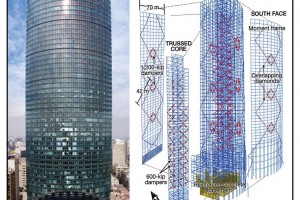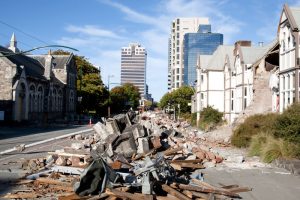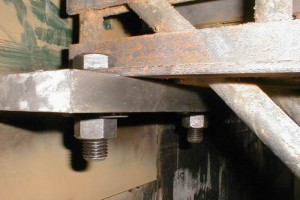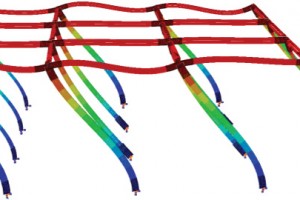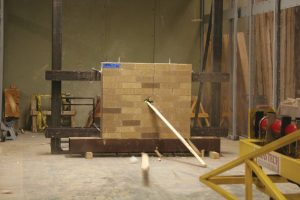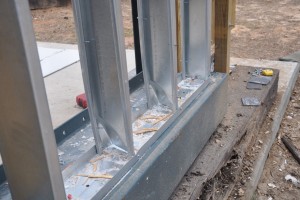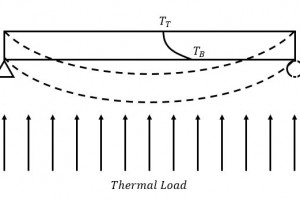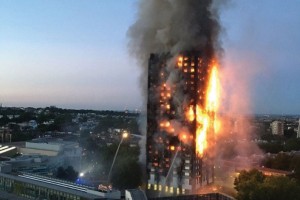Part 2: A 20-year Perspective
Innovation and resourcefulness in the engineering of tall buildings are one of the cornerstone requirements of building resilient cities and communities. Successful performance of these structures during extreme natural events is living proof of the value of design that targets resilient performance, enhancing the confidence of the stakeholders and the public for the engineering and technologies used. …

